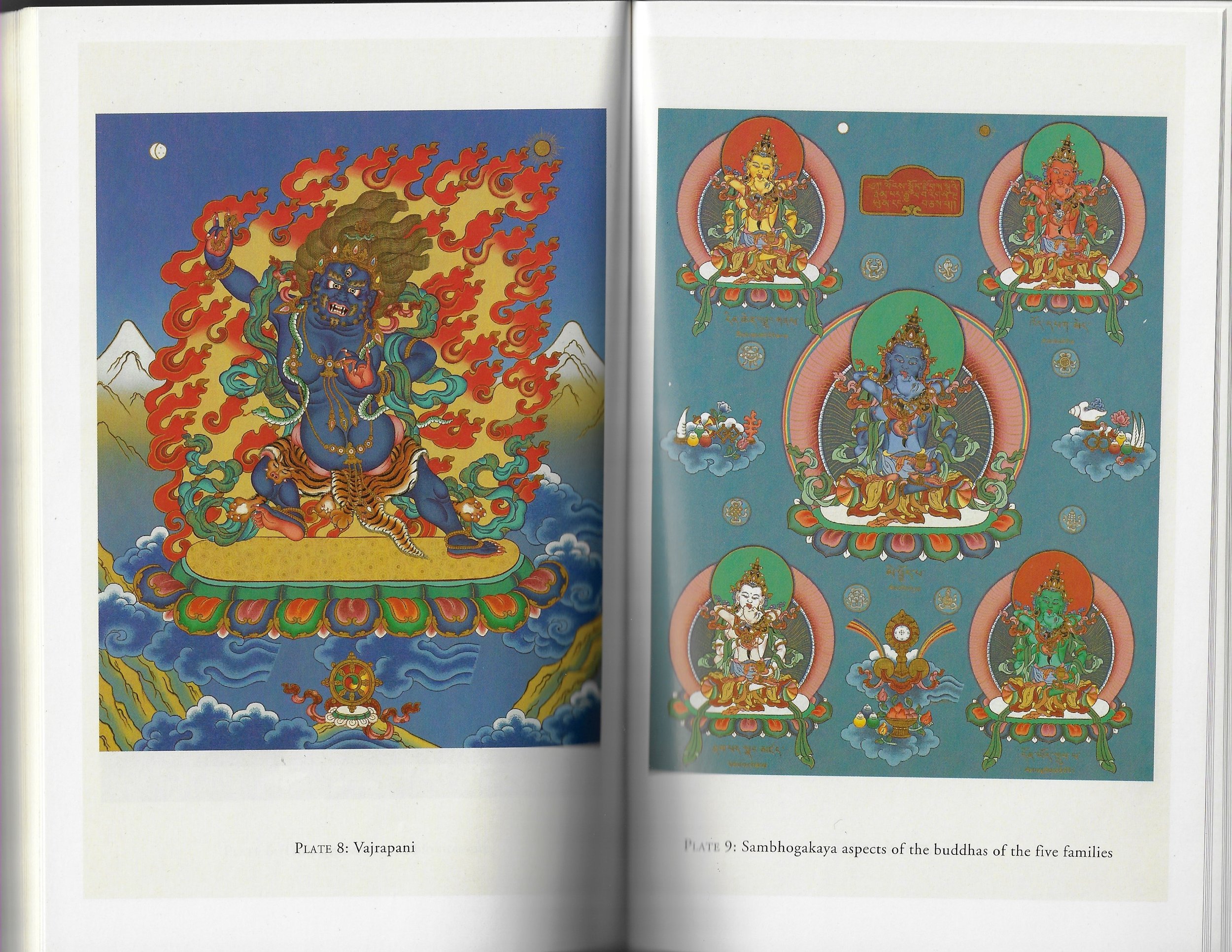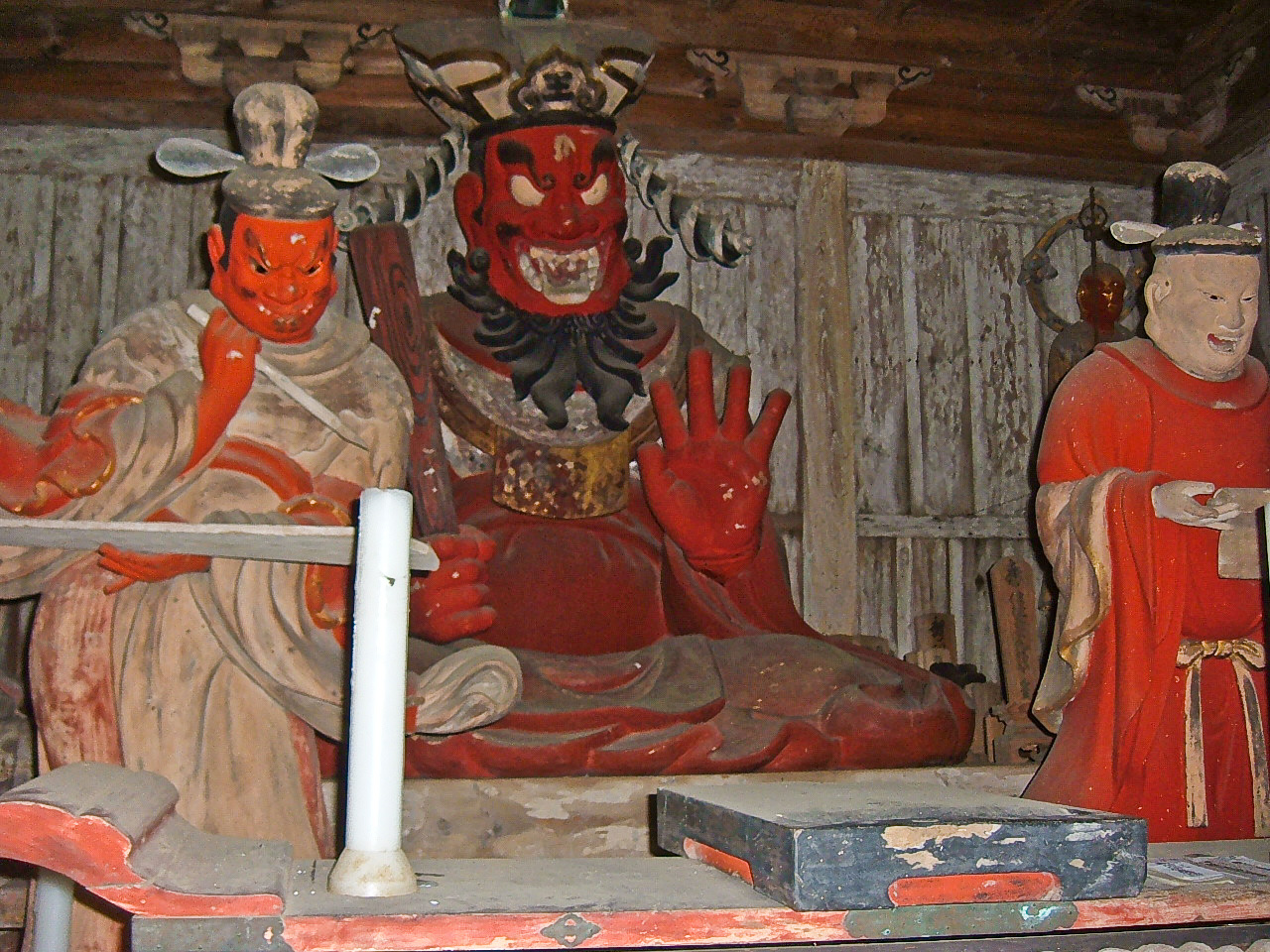There is the old saying, “Don’t judge a book by its cover.” While this may be true for a novel, in regards to a comic book cover this couldn’t be further from the truth.
Every writer will tell you that the first paragraph should set the tone for the coming novel. The importance of this introduction is referred to as the ‘hook’. A comic book is unique in that it is a combination of images & words which together convey the story. Given that comic books are a visual medium, the cover in turn becomes the ‘hook’ to its story.
A classic example of a cover’s impact on story comes from the most well known graphic novel, WATCHMAN. Dave Gibbons uses the cover as the first panel to the series. The cover’s abstract yellow background covered in a blood stain works as a strong attactor. It isn’t until the reader opens to the first page that the abstract yellow transforms into a smiley face button in a pool of blood on the first panel.
To me, this understanding of a cover’s connection and ability to elevate story is what separates the banal monthly comic covers from the masterful works of art. Considering that graphic novels (trades) are often a collection of monthly single issues, it is important to take into account a design thread that ties an entire series together. Now, obviously not every cover should be a literal first panel to a comic’s interior. That treatment would quickly become redundant. However, there are many unique and interesting ways to utilize a cover to set the tone of a book. Let’s take a look at a few examples of comic series with strong cover design.
Southern Bastards
Interior art and cover design by Jason Latour.
The covers for this series are a prime example of strong and consistent design and storytelling. In general, cover art is strongest when illustrated by the same artist working on interiors. This isn’t to say there aren’t talented ‘cover artists creating covers, however there is a dissonance that occurs when the art varies from cover to interior.
For the cover art on SOUTHERN BASTARDS, Jason’s use of bold, loud monochromatic red (with a few hints of other neutral color tones) cries out at the viewer from the shelf. It elicits danger and screams, “There will be blood.” Each cover also reinforces an allusion to violence through the use of a ‘weapon in hand’ in the central figure. If you examine the single issue covers across the story arc, they tell the shifting of power from one issue to another. One could easily explore a an entire blog article on the series covers in themselves (and may do so in the future) but I’ll save that analysis for a later time. Mainly, I included this series because it’s heavy monochromatic red design made it unique to anything else on the shelf and it remained consistent throughout the series.
The Wicked + The Divine
Interior art and cover design by Jamie Mcklevie
The Wicked + The Divine has one of the most powerful series of cover designs in the industry and is immediately recognizable. The story revolves around 12 gods who remerge from generation to generation in relevant/current forms. Each cover is starkly centers on a frontal portrait of one of the gods. This playful framing acts as an introduction and focus on each character individually. It also creates a wonderful rhythm for the reader and becomes a glue tying the issues together (Side note: it also is a perfect enticement for collectors). The super saturated color palettes all tie together nicely and sets the supernatural tone for the series as well. The unique logo design goes a long way to make the covers an instant classic.
The Vision: Little Worse Than A Man
Covers by Mike del Mundo
Here is an example to counter my earlier statement that the best comic covers are done by the same artist working on the interior art. This series of covers by Mike del Mundo wonderfully sets the tone for the series capturing a - pastel, perfect, picturesque, 1950’s, white picket-fence - life with an abnormal ‘super’ twist. The color palette again elegantly ties the series together perfectly. Everytime one revisits the comic shelves its easy to spot the book month-to-month. This attention to detail is incredibly important to draw in returning fans and it makes for a wonderful collection for comic collectors.
Void Trip
Interior art and cover design by Plaid Klaus
Here’s a little ‘shameless-self-promotion’. When I was designing covers for VOID TRIP I was incredibly conscious of establishing a consistent look and feel for the series. I chose a vibrant candy-colored palette with neon greens and purples. The story is about a psychedelic road trip in space, so the greens evoke glowing galaxies and the purples feel like the warm gaseous clouds of space. The logo I intentionally designed to be intimately small since you typically find loud/large logos on the shelf. Also, I made the logo center frame and used it as a symbolic element throughout each cover. Representing a sun, a void and the force of life. Again, I built a lot of symbolism into each cover, which I plan to do a unique blog post about at a later date.
For now, what I’d like to leave as a take home for fellow comic creators is that a cover should not be thought of as a ‘shiny lure’ to attract a reader. It does have to be that, but it should be much more. Covers should be a cohesive binding agent for the series and should also tell the story’s arc at a glance. In addition it must immediately capture the mood of the series by setting the proper tone.
Hopefully this article has helped shed some light on the value of a comic book cover. That way you can avoid the awful and meaningless, ‘character montage’, covers which are designed to push books based on fandom…like so…
If you enjoyed the read share it around and let me know on twitter and check back for more in the future!


















































